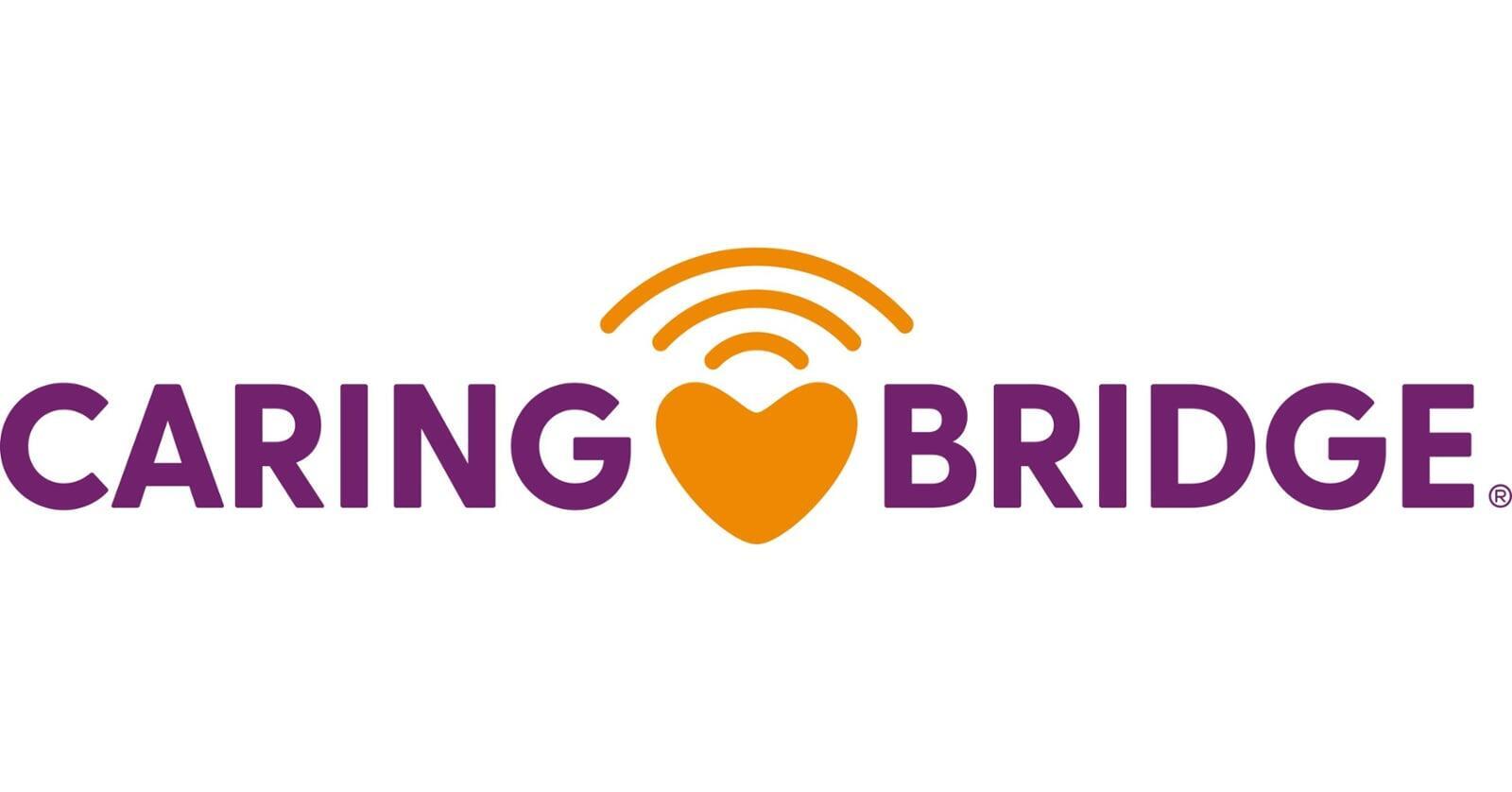Tracking Apps
Empower Your Recovery Journey with Effective Monitoring Tools

Introduction
Tracking Apps empowers cancer survivors to monitor symptoms, medications, appointments, and mood across all recovery stages. These tools simplify health management, enhance self-advocacy, and improve communication with healthcare providers, supporting personalized care from diagnosis to survivorship.
What You Need To Know
How To Do It
Instructions:
1. Assess Your Needs
Identify key areas to track based on your recovery stage: symptoms (pain, fatigue), medications, appointments, mood, nutrition, exercise, or lab results. Prioritize 2–3 essentials to avoid overload—e.g., symptom logging during treatment or mood tracking in survivorship.
2. Research Options
Search app stores or trusted sites for cancer-specific tools. Use keywords like "cancer symptom tracker" or "survivor health journal." Read overviews to match features with your needs, such as integration with wearables or provider portals.
3. Evaluate Key Criteria
Check usability (intuitive interface), privacy (data security, HIPAA compliance), customization (editable fields), and support (tutorials, customer service). Consider cost—many are free or low-cost—and compatibility with your device (iOS/Android).
4. Read Reviews and Test
Scan user feedback from survivors for real-world insights on reliability and ease. Download free trials or demos; spend 5–10 minutes logging sample data to gauge fit.
5. Select and Set Up
Choose one app to start, avoiding multiple to prevent confusion. Input baseline info (diagnosis, current meds) and set reminders for daily/weekly use.
6. Review and Adjust
After 1–2 weeks, assess if it's meeting goals—e.g., does it help spot trends? Switch if needed, and integrate with non-digital tools like journals for hybrid tracking.
Helpful Tips:
- Start simple: Opt for apps with minimal setup if tech feels daunting; involve a caregiver for onboarding.
- Prioritize privacy: Verify encryption and opt out of data sharing; consult your doctor on sharing logs.
- Customize alerts: Set gentle notifications for logging to build habits without stress.
- Combine tools: Pair apps with wearables (e.g., Fitbit) for automated activity data.
- Track holistically: Include emotional notes alongside physical symptoms for a fuller picture.
- Update regularly: Re-evaluate every 3 months as needs evolve in recovery.
- Seek community input: Join survivor forums to learn from others' app experiences.
- Backup data: Export reports periodically to avoid loss.
Related Topics:
Strongly Related
Reduce Stress:
[Links to related web pages]
[Links to related web pages]
Issue C:
[Links to related web pages][Links to related web pages]
Moderately Related
Issue B:
[Links to related web pages]
[Links to related web pages]












